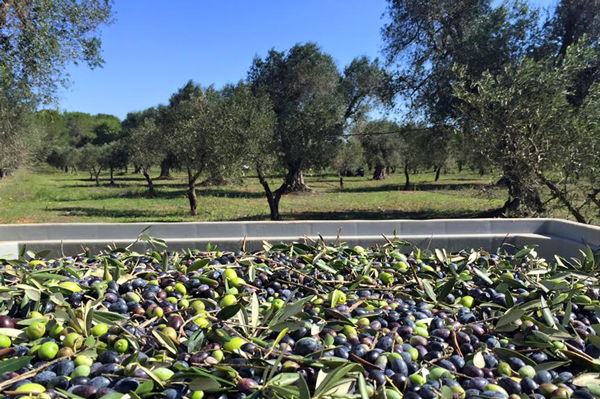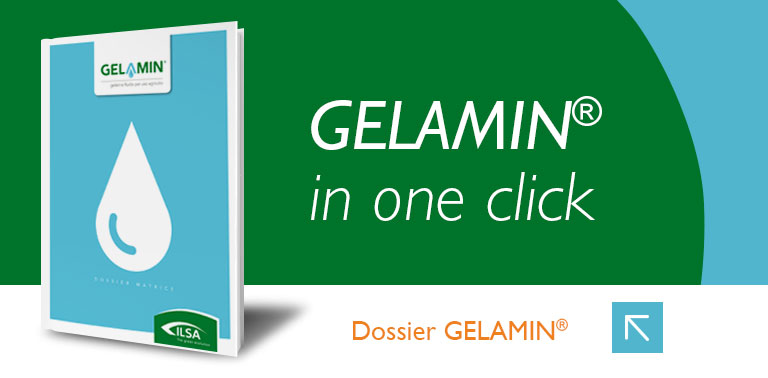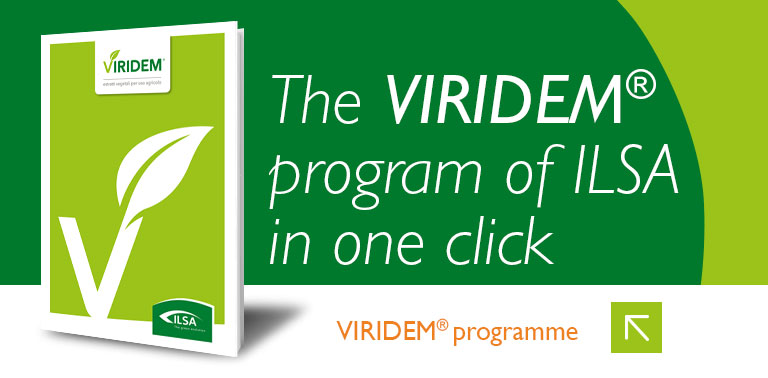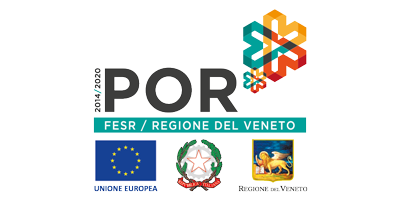Editorials
Greater productions and tolerance to environmental stress on the olive tree with the ILSA metholodogy
20/05/2019
With respect to olive growing, an olive grove must be maintained in such a way as to allow an economically viable management for the agricultural entrepreneur. For this reason, it is necessary that the factors (light, temperature, availability of nutrients and water) which influence the physiological and biological processes at the base of the vegetative and productive growth of the plant (quantity and quality) should be optimised and that fertilisation with the use of natural products with a specific action on the metabolism of the plant itself should be made possible during the crop cycle.

Environmental factors which affect fruiting, yield and oil quality are also important; in particular:
- the risks of late frosts (April-May) and/or of early ones (autumn, which damage the fruits and therefore the oil that is extracted);
- the risks of very high temperatures >40-45 (°C) and prolonged over time can lead to very strong limitations in the olive tree's productive and vegetative responses, particularly if they are associated with scarce water availability. Another fundamental aspect concerns the quality of the oil as temperature can influence the acidic composition and the polyphenol content. High temperatures tend to reduce the oleic acid content and to increase the palmitic and/or linoleic acid content. When temperatures are quite high there is also an increase in linolenic acid; moreover, relatively high temperatures during the harvesting period accelerate the alteration processes of the olives and therefore of the oil that is extracted from them;
- strong water deficiencies during fruit growth and oil accumulation (August-September) may cause the dry wood defect to arise;
- high air humidity, which can frequently be found on valley floors, near lakes and in coastal areas, favours the attack of pathogens (in particular, peacock eye) and plant-eating insects (in particular, flies and scale insects), causing more difficult conditions for the olive tree;
- when the pH of the soil reaches values of around 5.5, both toxicity problems due to a high release in the soil of ions such as aluminium and manganese and the immobilisation of other nutrients (calcium, magnesium, potassium, phosphorus, molybdenum, boron, copper) begin to appear.
During all its development phases, the olive tree is subject to many environmental, climatic and nutritional factors, which regulate its vegetative-productive behaviour. The ILSA nutritional method, by exploiting the physiological knowledge of the olive tree and in order to optimise production, has sought to improve these development phases by using bio-stimulants and nutritional specialties obtained from innovative and eco-friendly productive processes which have a specific action on plant metabolism.

The experience on olive trees (Olea europaea L):
Agronomic tests carried out in Italy over the years have reconfirmed the efficiency of ILSA bio-stimulants and nutritional specialties based on organic matrix (Agrogel®, Gelamin® and Fabaceae Hydrolysate) in favouring the flowering and setting of new fruit trees and in developing new vegetation, including during conditions of environmental stress (late frosts, drought, etc.), and in increasing the final yield in olives and in oil during the milling operations.
To view and download all the details concerning the demo tests carried out in the past by the ILSA agronomic service, log into the website www.ilsagroup.com in order to access the "olive tree" cultivation section. You will be able to see how our nutritional and bio-stimulants specialties are positioned based on their phenological phases.





.png)
















